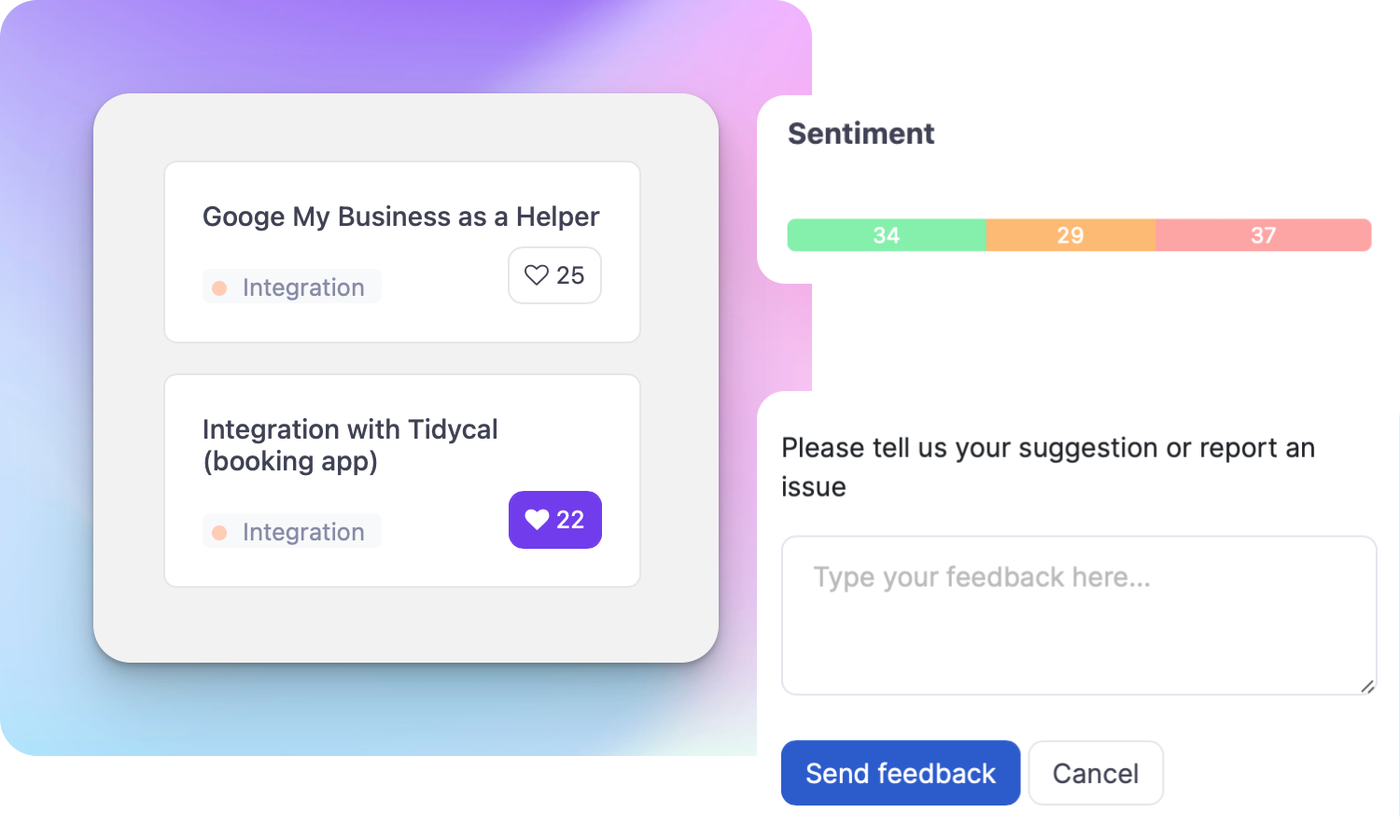What is Prototyping?

Ruben Buijs
Prototyping is a crucial step in the product development process that involves creating a preliminary model or representation of a software application or product. It allows product managers, designers, and developers to visualize and test their ideas, gather feedback, and make necessary improvements before the final product is built.
Examples
Prototyping can take various forms depending on the complexity of the product and the stage of the development process. Some common examples include:
- Wireframes: Simple black and white sketches that outline the basic layout and structure of the product.
- Mockups: More detailed visual representations that include colors, typography, and basic functionality.
- Interactive prototypes: Fully interactive and clickable representations that simulate the user experience and allow users to test the product's functionality.
Importance
Prototyping holds immense importance in Saas product management for several reasons:
-
Visualization: Prototyping helps product teams visualize their ideas and concepts. It brings clarity to the design and functionality of the product, making it easier to communicate and align the vision among team members.
-
User feedback: By creating prototypes, product managers can gather valuable feedback from users and stakeholders early in the development process. This feedback helps identify potential issues, improve usability, and enhance the overall user experience.
-
Cost and time-saving: Prototyping allows for the identification of design flaws and usability issues before investing significant time and resources into development. By catching and resolving problems early on, it saves both time and money in the long run.
-
Iterative improvement: Through prototyping, product managers can iterate on their ideas and make incremental improvements based on user feedback and testing. This iterative approach ensures that the final product meets user expectations and achieves its goals effectively.
How to Use Prototyping
Here are some steps to effectively use prototyping in Saas product management:
-
Identify goals: Clearly define the goals and objectives of your product. Determine what features and functionalities are essential to achieve those goals.
-
Choose prototyping tools: Select the appropriate prototyping tools based on your requirements and skill level. There are numerous tools available, ranging from simple drag-and-drop interfaces to more advanced design software.
-
Create low-fidelity prototypes: Start with low-fidelity prototypes such as wireframes or sketches to quickly explore different design ideas and gather initial feedback. Focus on the overall layout, structure, and user flow.
-
Refine with high-fidelity prototypes: Once you have a clearer direction, create high-fidelity prototypes with more refined visuals and interactive elements. This will help users better understand the product's look and feel.
-
Test and gather feedback: Share the prototypes with stakeholders, users, and team members for testing and feedback. Pay attention to their suggestions, pain points, and preferences to identify areas for improvement.
-
Iterate and improve: Based on the feedback received, iterate on the prototypes, making necessary adjustments and refinements. Repeat the testing and feedback process until you achieve a satisfactory design and user experience.
Useful Tips for Prototyping
-
Keep it simple: Start with basic prototypes and gradually add complexity as you progress. This allows for faster iteration and avoids getting caught up in unnecessary details too early.
-
Focus on user experience: Pay close attention to the user experience when creating prototypes. Prioritize usability, intuitive navigation, and clear communication of information.
-
Test on real devices: Test your prototypes on actual devices to ensure they work well across different screen sizes and resolutions. This helps identify any potential responsiveness or compatibility issues.
-
Collaborate and gather feedback: Involve team members, stakeholders, and potential users throughout the prototyping process. Their insights and feedback will help you refine your designs and make informed decisions.
Related Terms
- User Experience (UX)
- User Interface (UI)
- Agile Development
- Minimum Viable Product (MVP)
- A/B Testing
- Information Architecture
- Usability Testing
- Design Thinking
- User-Centered Design
